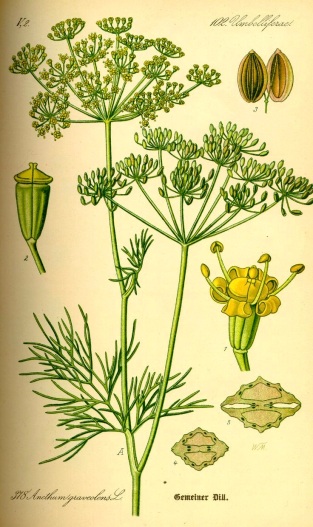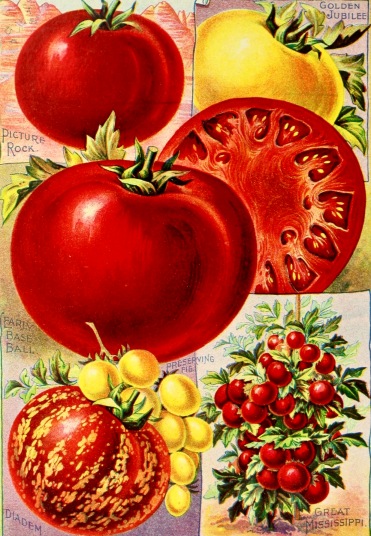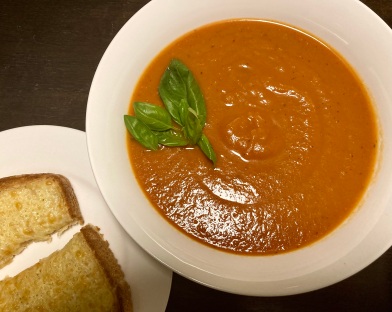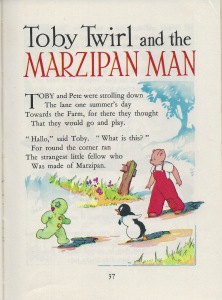Another strange and constrained year draws to a close. Another slice of fruitcake. And another dive into the history of dried fruits in Australia. In connection with a project I’ll be doing in the latter part of 2022, I did some research into the relationship between migration and the dried fruit industry.
A 1922 newspaper explained that the South Australian Premier, Henry Barwell, was brokering a deal—or perhaps more accurately, a swap—with the British government for an ‘immigration settlement along the Murray Valley as a substantial quid pro quo for an Imperial preference for Australian fruits’. You buy our dried fruit, we’ll take your immigrants. It’s tempting to point out that a century later, Australian politicians’ international diplomacy skills have not greatly improved.
Stollen, Christmas cake, Dundee cake, sultana cake, golden fruitcake, simnel cake, Caribbean black cake … I’ve yet to meet a fruitcake I don’t like. I totally don’t understand the American antipathy to fruitcake—but then I don’t share their fondness for the sugary blandness that is red velvet cake.
Recipes for Christmas cakes get passed around in families and communities. Get modified over the years to fit the tastes and lifestyles of successive generations. We have my partner’s grandmother’s recipe, copied out in spidery handwriting on blue paper, blurred by buttery fingerprints and with a pencil X beside ‘figs’. (Neither of us much like figs so we replace them with dates.) A recent article in the Sydney Morning Herald asked if baking your own Christmas cakes (and Christmas puddings) was a dying art. Are we over the Covid-fuelled home-bakathon?

This year I composed my own adaptation for our Christmas dessert: fruitcake ice cream. I soaked sultanas, raisins and dried citrus peel in hot tea for a few hours to soften and plump up. Then I drained them, added glacé cherries to the bowl and soaked the whole lot overnight in brandy. The following day I partially melted a tub of good quality vanilla ice cream, mixed in the dried fruits and put it back in the freezer.
Although I didn’t make a traditional cake, our friend Iqbal did, and he gave us a present of his dark, rich, delicious Christmas fruitcake, along with a Sri Lankan love cake.

Back to the history of dried fruit cultivation.
The Australian Dried Fruits Association (now Dried Fruits Australia) was formed in 1907 from the amalgamation of the Mildura Raisin Trust and the Renmark Raisin Trust. The aim of the organisation was to protect the interests of growers, regulate prices and promote their produce.
This excerpt comes from a Victorian newspaper in 1932.
‘In the Palais Theatre last Friday afternoon over 300 people were treated to a most instructive and enjoyable two hours’ entertainment … Moving pictures were screened depicting the work that goes on in the irrigation areas where dried fruits are grown, processed and packed … Comedies and other pictures of educational interest were shown and everyone was given a Sunshine Cookery Book.’

The article continues: ‘The objective is to stimulate interest in, and increase sales of, Australian sultanas, currants, lexias, apricots, peaches, pears and nectarines … Besides the necessity of supporting a great national industry on the grounds of patriotism and sound common sense there is one very convincing reason why every housewife in Australia should make it their duty to embody dried fruits in some shape or form in the daily diet of the home. It is a question of health.’
The early dried fruit industry in Australia drew on the expertise of Greek migrants. In 1948 The Age announced that ‘Migrants from displaced persons camps in Europe will help to save the dried fruit crops in Victoria and South Australia. Mr Calwell, Immigration Minister, said today that 400 men travelling in the General Stewart, due to reach Australia next month, would be taken immediately to the Victorian and South Australian irrigation areas on the River Murray … To supplement this force, 200 Balts [sic] now at Bonegilla camp would be sent to Mildura.’
Where do most of the fruits in fruitcake originate? The Arab world. Where did the art of mixing dried fruit into cake batter begin? In Europe, starting in ancient Rome. Proof—if you need it—that fruitcakes are life-affirming and cosmopolitan.










 Clara Peeters, Still Life With Cheeses, Artichokes and Cherries, 1625.
Clara Peeters, Still Life With Cheeses, Artichokes and Cherries, 1625.





